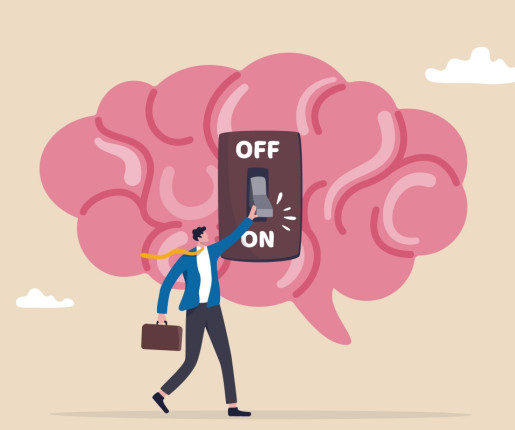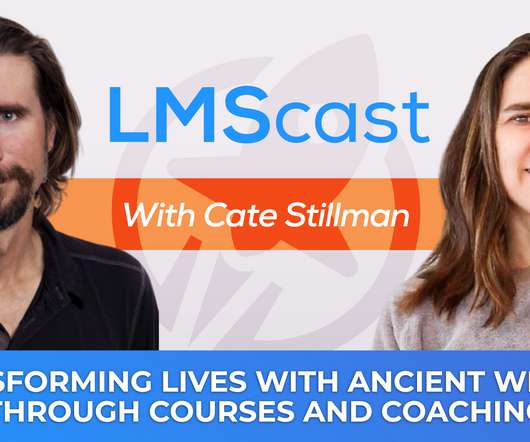WEF’s reskilling revolution and its impact on L&D
CLO Magazine
SEPTEMBER 5, 2023
That’s why I often ask people, “How does your brain work? ” The most common response I get is, “I don’t really know how my brain works.” ” Some people even joke and say, “My brain doesn’t work all that well!” How do you approach issues and solve problems?”














































Let's personalize your content